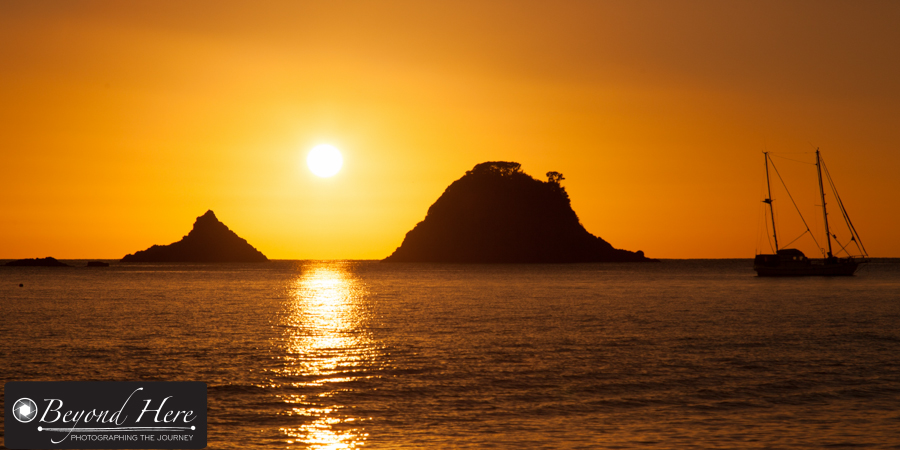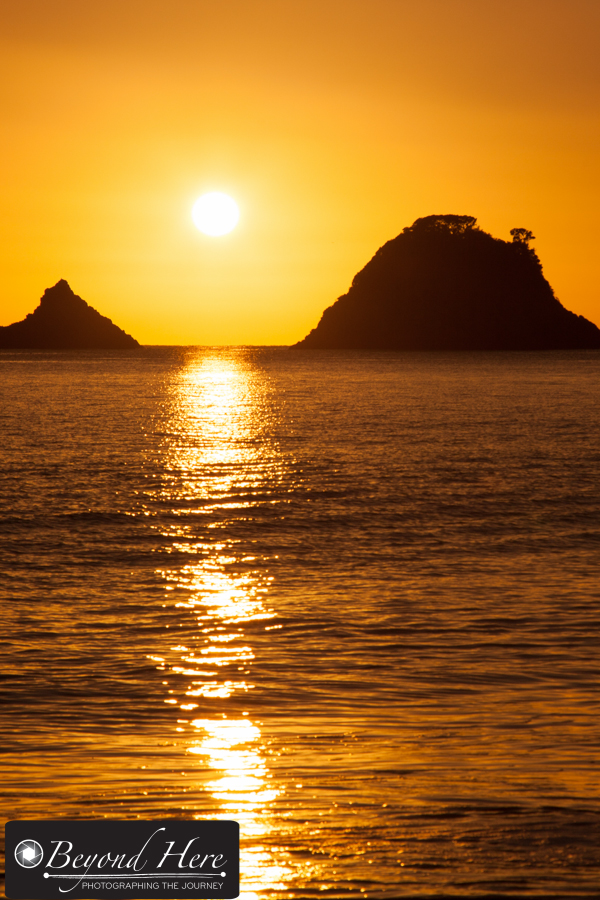Creating images on bright, sunny days is challenging. When there is not a cloud in the sky, it’s ideal for going to the beach, but not perfect for photography. I like to meet this challenge and concentrate on creating different images on clear sunny days.

How to Create Images Like This One?
Key to an image like this is waiting until the sun has moved from directly overhead to where it lights your subject from the side.
This image was taken in the late afternoon on a sunny winter day. My earlier images were dominated by high contrast between light and shadow with the bright sun directly overhead. I was patient and waited for the sun to move lower in the sky, allowing the subject to be lit more side on than from above.
What About Background?
Look for a plain, evenly lit background. In this case it is a section of the fence which is in near total shadow. It provides a simple, plain background where the subject stands out.
Shooting Direction?
To create this image, I am shooting almost directly into the sun. This leaves the subjects has in shadow and highlights the rim of light on his figure. Don’t be afraid to shoot into the sun. While you are there, you can also create interesting images using the subjects shadow. As the sun moves lower in the sky, the shadows are longer and provide more options.

Wait for the Action
Establish the background you are going to use to create your image, and then be patient! Take some test shots. Wait for the action to happen in the spot you know will work. You will be well on your way to creating different images on clear sunny days.
Thank you for reading. Next time you are out with the camera on a sunny day, see if you can create some really different images.













